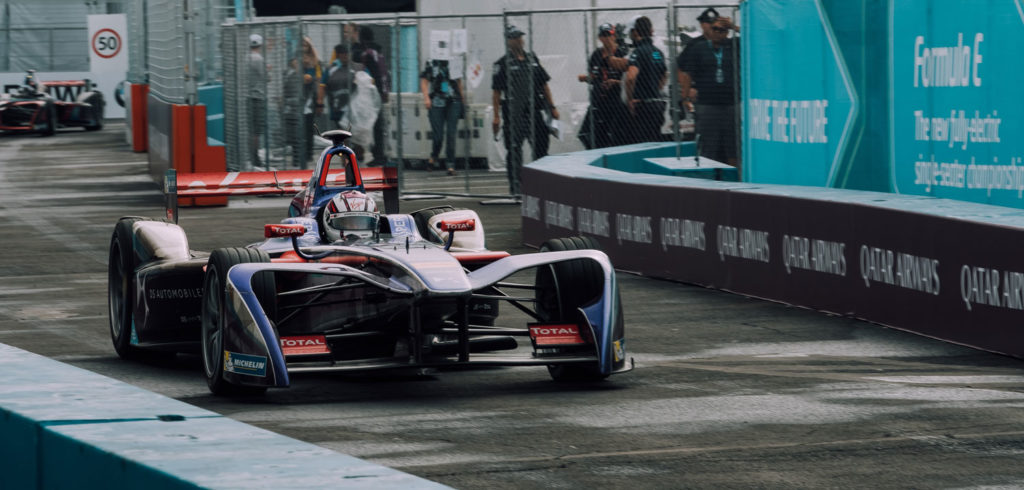Steve Hughes, the managing director of REO UK, explains the considerations when designing the next generation of EVs for Formula E, to ensure they are a sustainable and practical alternative to traditional vehicles
In its first season, all teams competing in the ABB FIA Formula E championship were supplied with the same electric vehicle (EV). Now, teams can get more creative under the hood and automotive manufacturers are using Formula E as a testbed to fine-tune their green technology.
Since its inception in 2014, Formula E popularity has boomed. Contenders now include automotive manufacturers like BMW, Jaguar and Mahindra, with Mercedes-Benz and Porsche set to join the line-up in the 2019–20 competition.
Whereas most motorsport tournaments like F1 are held in rural locations, Formula E races are held in the middle of the world’s capital cities. But while Formula E cars still drive like traditional racing cars, they don’t sound like one – because the roar of a combustion engine is missing, and so too its harmful CO2 emissions.
According to a report from the United Nations (UN), in 2015 the transport sector was responsible for around a quarter of energy-related global greenhouse emissions. Air quality is a pressing global issue and the organizers behind Formula E want to demonstrate that EVs are the future of sustainable transportation.
Compared to traditional combustion engines, EVs are designed to be much simpler. In Formula E, every team is supplied with the same battery technology and chassis, but manufacturers can integrate their own drivetrains and motors to drive the drivetrains, and then of course, select the number of motors and gears they want.
By adding in specialist components, automotive manufacturers can reduce the 300 moving parts you would typically find in an F1 car to just one moving part in an EV by optimizing the vehicle’s electric motor.
The electric motor in an EV is much smaller and lighter than an internal combustion engine and weighs around 26kg, providing more than 250hp. The motor typically drives the rear wheels of the car and, to ensure smooth driving at high speeds, manufacturers need to install electronics like REO’s current transformer and REO high-current filter to convert the battery’s current from DC to AC. This can then be transferred to the electric motor and then directly into the wheels.
The torque delivery from the motor is almost instant, giving the powertrain extremely fast acceleration, as required in fast series tournaments like Formula E.
At a time when the supply of electrical energy plays an increasingly pivotal role in the functioning and operation of EVs, manufacturers need to employ components that can ensure efficient energy transmission and power quality.
By doing this and demonstrating it on the racetrack, Formula E could be exactly what the automotive industry needs to convince the wider public that EVs can be sustainable and fit for day-to-day driving.



